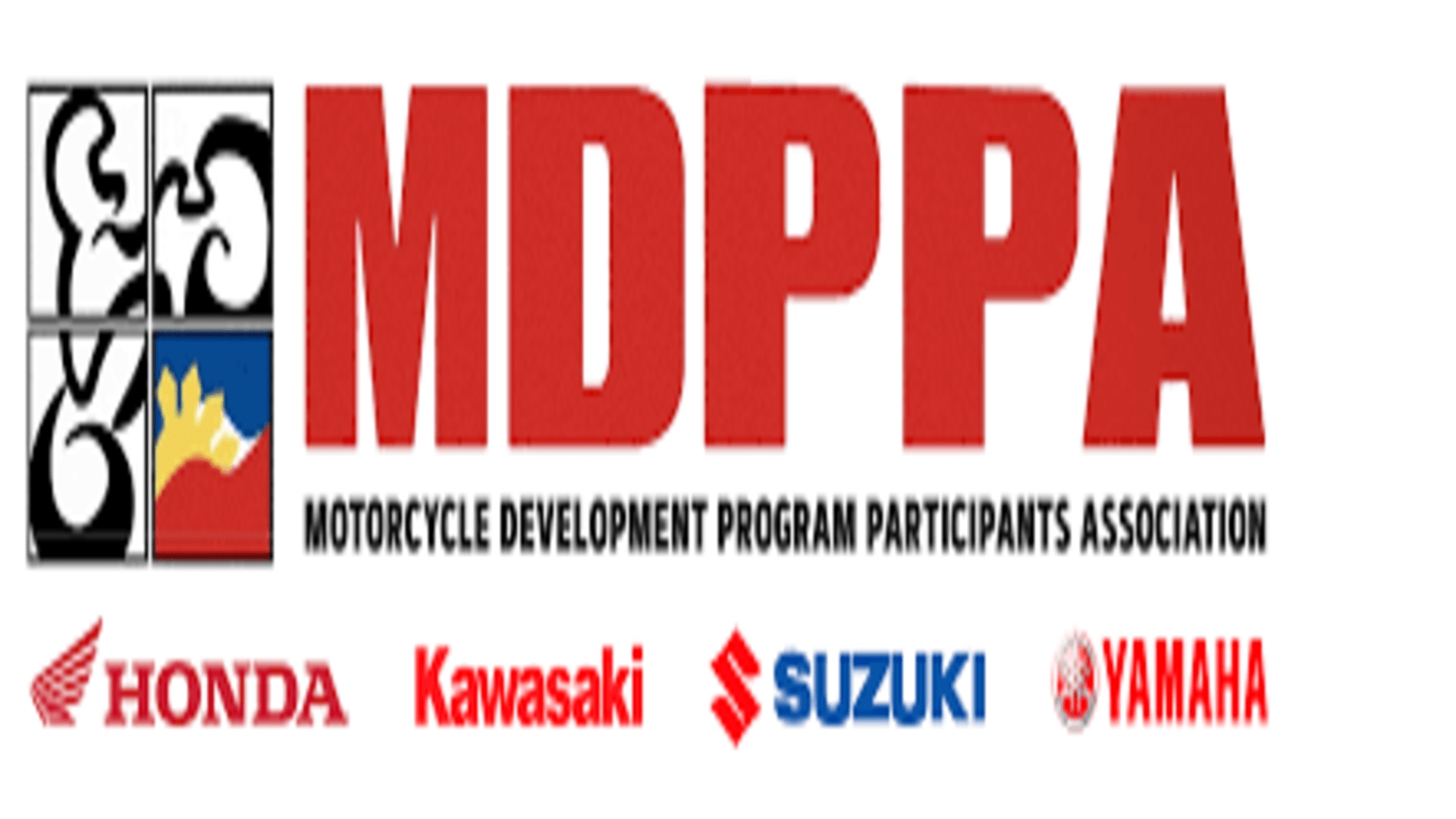The rainy season is here, as announced by Philippine Atmospheric, Geophysical, and Astronomical Services Administration (PAGASA) last June. For riders, this means slippery roads and reduced visibility, making riding even more difficult and dangerous.
True to its mission to promote safer roads in the country, Motorcycle Development Program Participants Association, Inc. (MDPPA) shares some essential tips on preparing before every ride during the rainy season.
Invest in high-quality and appropriate gear. Aside from the conventional equipment needed to ride a motorcycle, like a helmet, it pays to invest in a high-quality riding jacket, pants, shoes, and gloves to keep yourself dry. Riders can also wear reflectorized rain gear (raincoats and rain pants) for more visibility on the road in case the rain gets too intense. Riders can also upgrade the helmet that they are using by investing in a helmet visor with an anti-fog insert to prevent fogging and to maintain clearer vision.
Finally, riders can also put on non-slip riding shoes that offer waterproof protection, breathability for the skin, and better traction on the motorcycle’s foot pegs, especially during wet weather conditions.
Remember the pre-ride inspection checklist. The pre-ride inspection checklist, or T.C.L.O.C.S, is an acronym for what specific parts to check before riding.
The inspection will start with Tires and wheels to ensure enough air pressure while examining other damages to the spokes. Next, check if the Controls of the brakes or clutch levers, switches, cables, and others, work smoothly. Followed by Lights and electricals to assess the brightness of the lights and functionality of the battery. Additionally, Oil and fluid level verification will be conducted. Then the inspection of the Chassis or related parts such as bolts, nuts and drive chain followed by the Side stand and center stand examination. Undertaking these preventive measures will give riders peace of mind, especially in facing unpredictable weather conditions.
Plan your route and avoid hazardous areas. While it is still best to avoid riding out in the rain, riders should plan their route carefully if it cannot be avoided. Consider the areas prone to flooding, standing water, or poor drainage in planning. If possible, they can research alternative routes with better road conditions. It is also best to increase their visibility on the road by wearing additional reflective gear or adding reflective strips to their bike to make yourself more visible.
Stay alert and focused. Riding during heavy downpours demands increased attentiveness. Riders should keep their eyes on the road ahead and anticipate potential hazards. They need to watch out for pedestrians, cyclists, and other motorists affected by the rain.
They should also bear in mind the three fundamentals of safe riding: recognize, judge, and react accurately. Most motor accidents can be avoided if only the rider has accurate recognition and does not commit an error in judgment.
Riding a motorcycle can be intimidating and scary, especially during unusual weather conditions. Still, following proper guides and precautions can significantly enhance everyone’s safety and minimize the risks associated with the wet season.
As part of the continuous efforts of MDPPA to bring safer roads for Filipinos, following these tips can enable Filipino riders to always enjoy a safe ride.
To learn more about MDPPA, visit its website at http://mdppa.com.ph/ or check its Facebook page.



